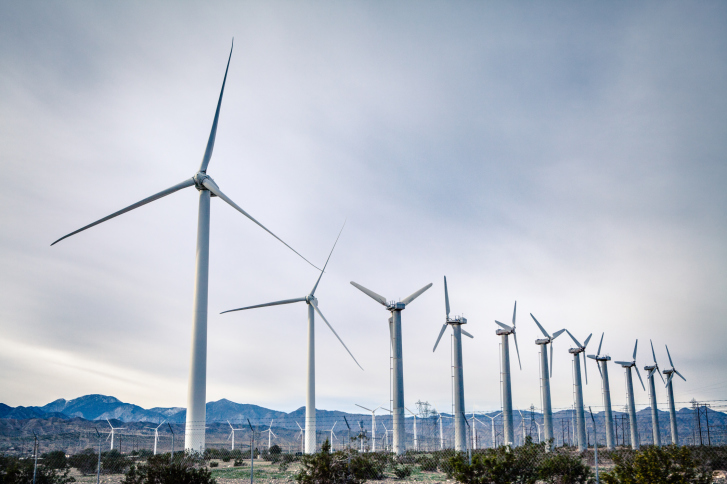The building of new wind farms in the U.S. has added $13 billion a year on average to the American economy over the past five years, according to information released by the American Wind Energy Association (AWEA). That’s more money each year than the annual revenue generated by Major League Baseball.
“By building new wind farms across the country over the past decade, wind companies have invested $128 billion into the U.S. economy,” says Tom Kiernan, CEO of AWEA. “Over this time, wind has rapidly scaled-up. There’s now enough wind power installed to reliably produce electricity for over 19 million American homes.”
Wind energy was the No. 1 source for new electric capacity additions in 2015, according to AWEA, with 8,598 MW installed. That number translates to $14.7 billion in wind project investment in one year – a 73% increase over the $8.5 billion invested in new projects in 2014 and a more than seven-fold increase over investments by wind in 2013.
“The rapid rise of wind energy in the U.S. is clearly benefiting state economies. This American success story will continue in 2016 and beyond as there’s an additional 9.4 GW of wind under construction now, on top of 4.9 GW in advanced stages of development,” says John Hensley, manager of industry data and analysis for AWEA.
Wind energy in the U.S. produces enough electricity for more than 19 million American homes, and American wind power supports 73,000 well-paying jobs across every state, including nearly 20,000 manufacturing jobs.
Across the country, wind power’s rapid growth continues to attract new investment into state economies. According to AWEA, Texas currently leads all states in terms of cumulative project investment, with over $32 billion injected into the Lone Star State’s economy alone. Rounding out the top five states are California, at $11.9 billion; Iowa, at $11.8 billion; Oklahoma, at $9.6 billion; and Illinois, at $7.7 billion.
Wind power costs two-thirds less than it did six years ago thanks to American innovation and improved domestic manufacturing, with over 500 factories across 43 states building wind turbine parts and materials. Those savings are being passed on to U.S. consumers. Wind power saved consumers $1 billion over just two days across the Great Lakes and mid-Atlantic states during the 2014 “Polar Vortex” event.
By staying on track to supply 20% of U.S. electricity by 2030, wind energy could support 380,000 well-paying jobs, according to the U.S. Department of Energy. That number could grow to 600,000 by supplying 35% by 2050.




